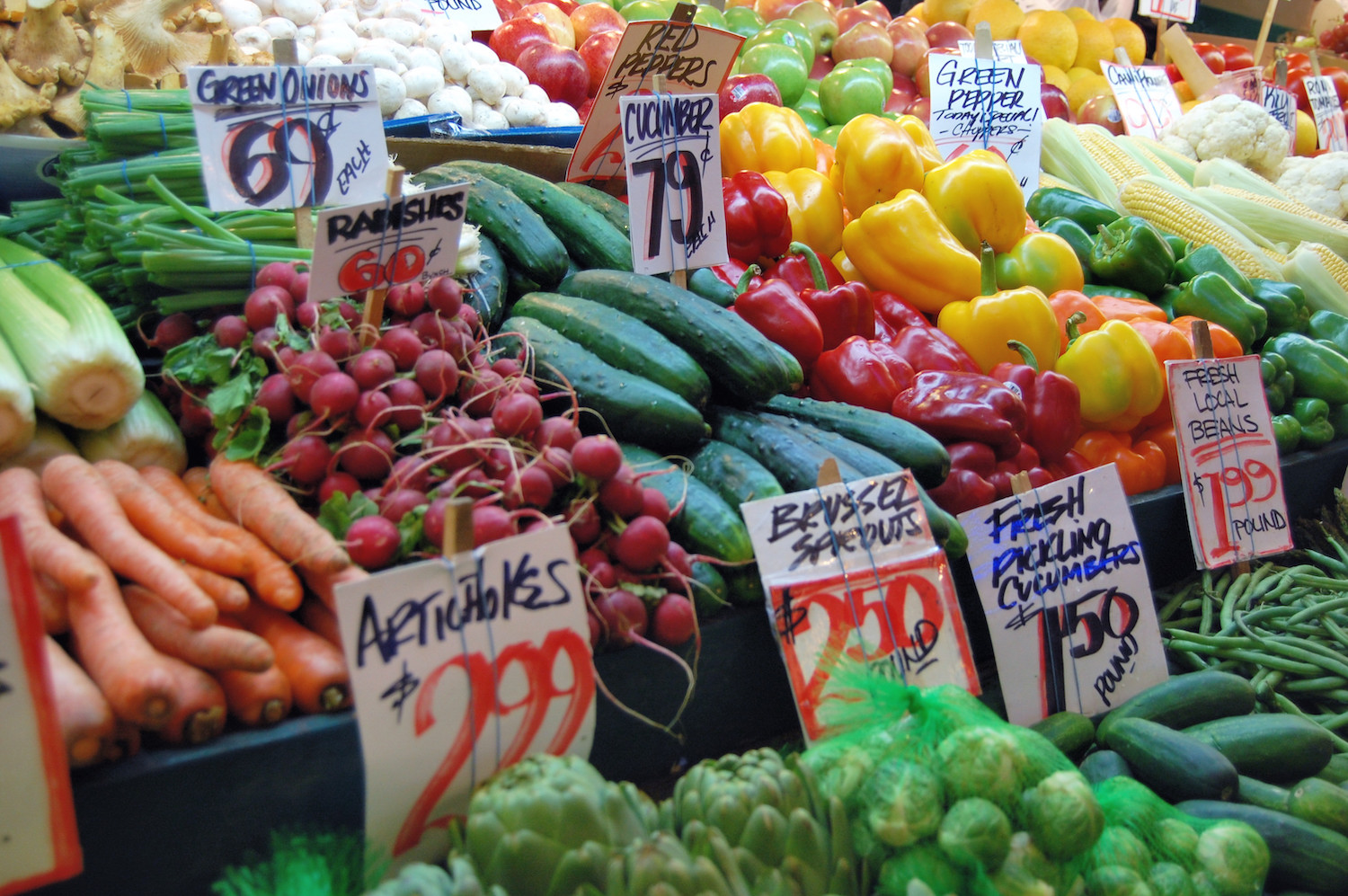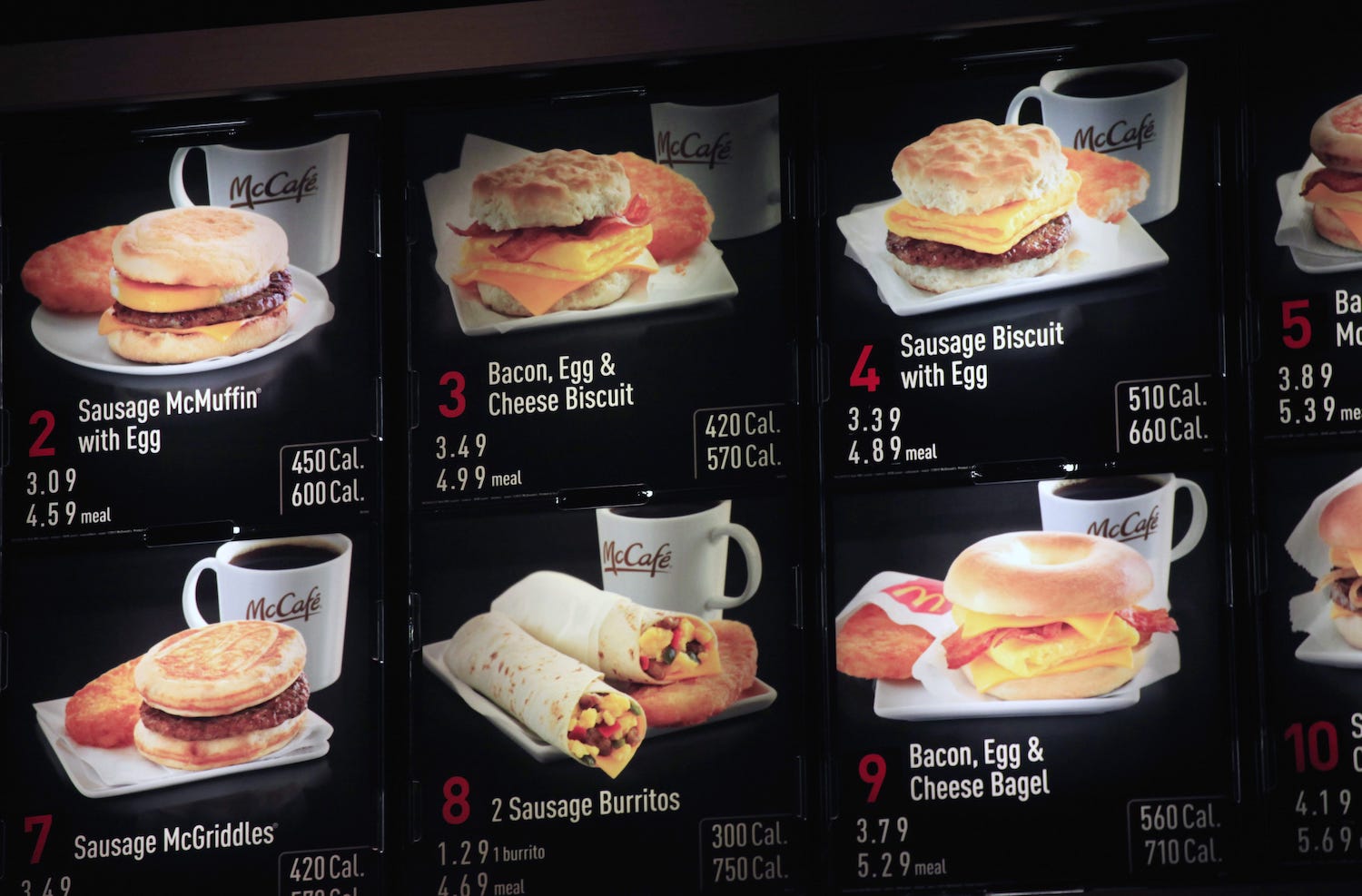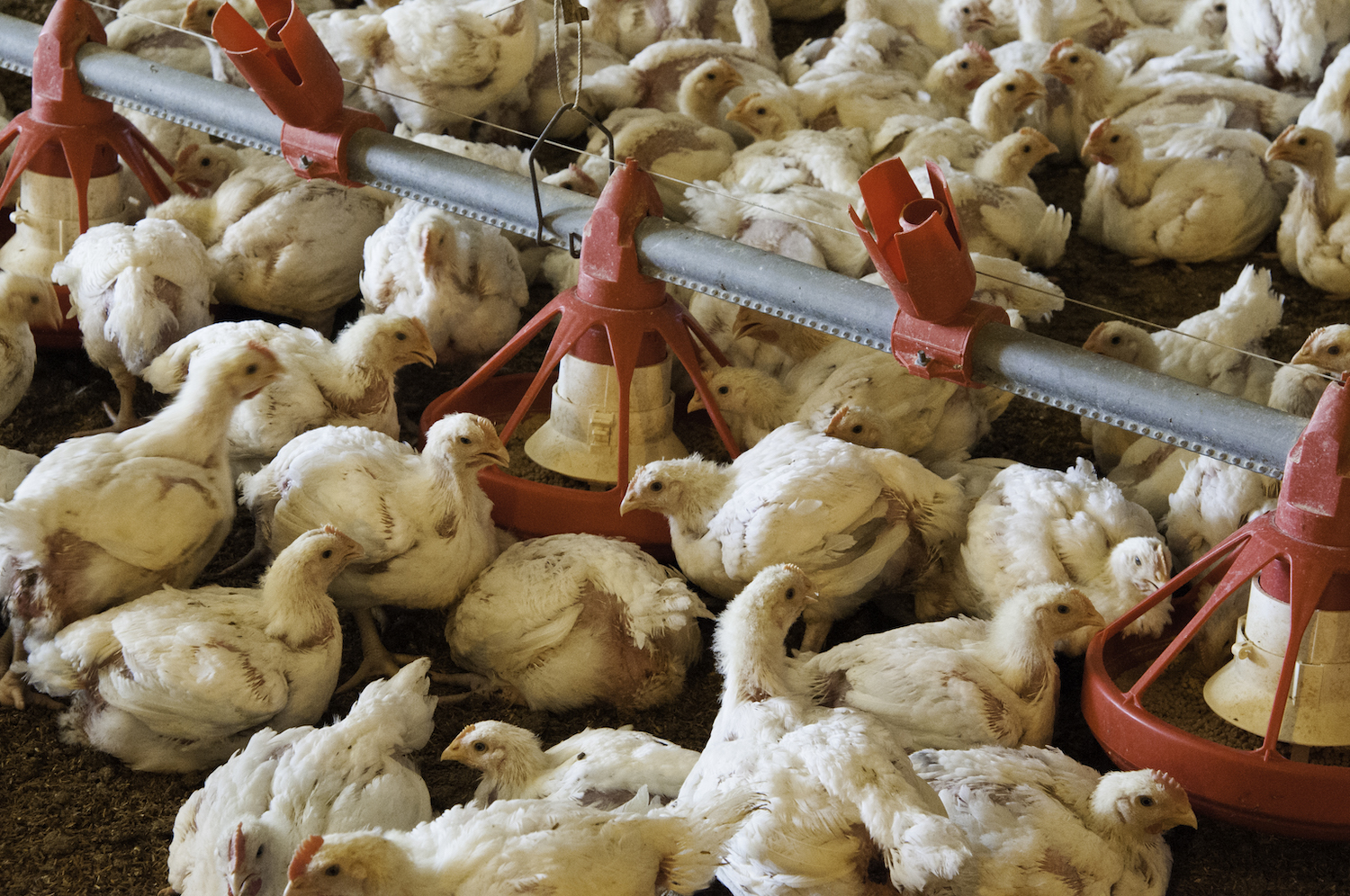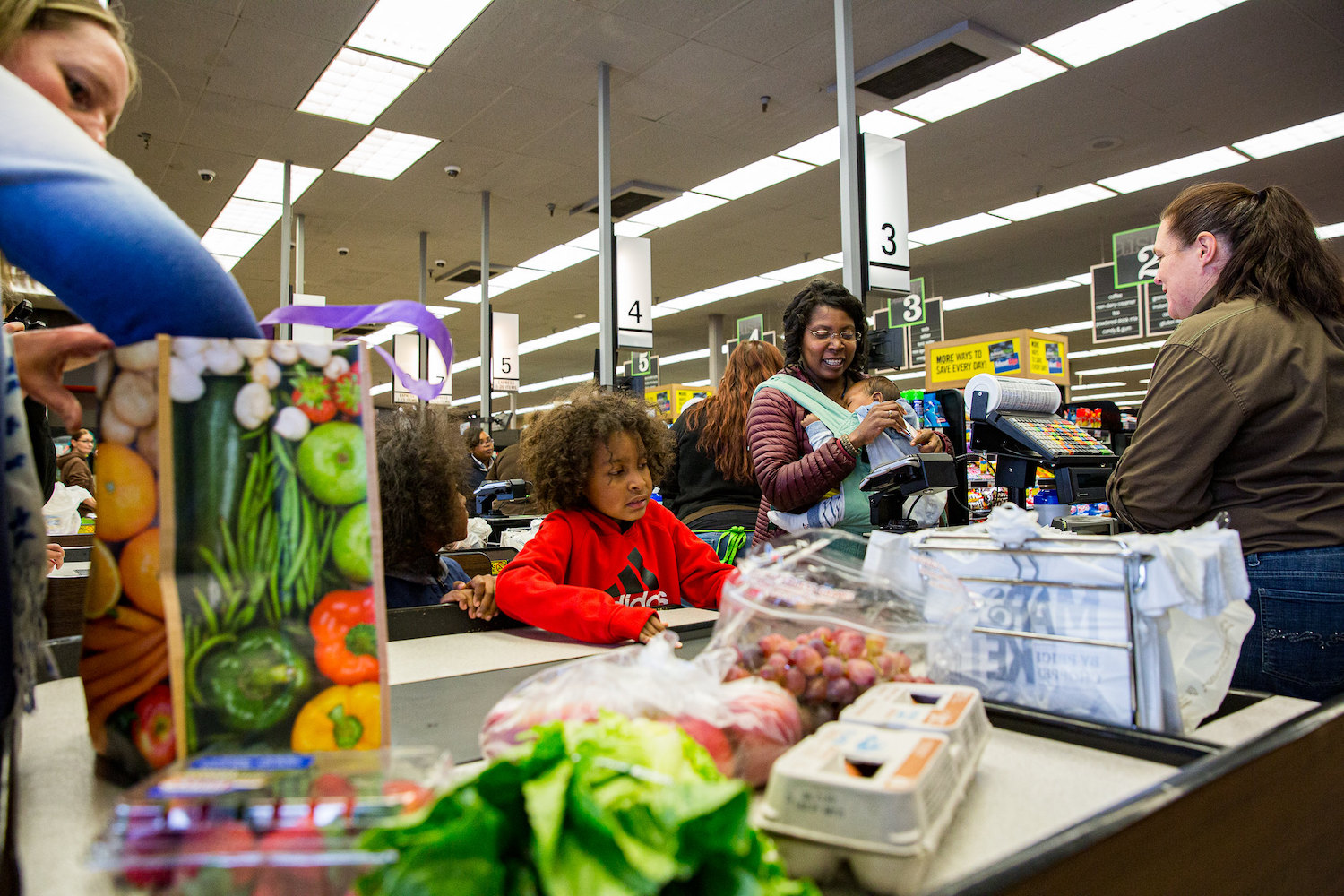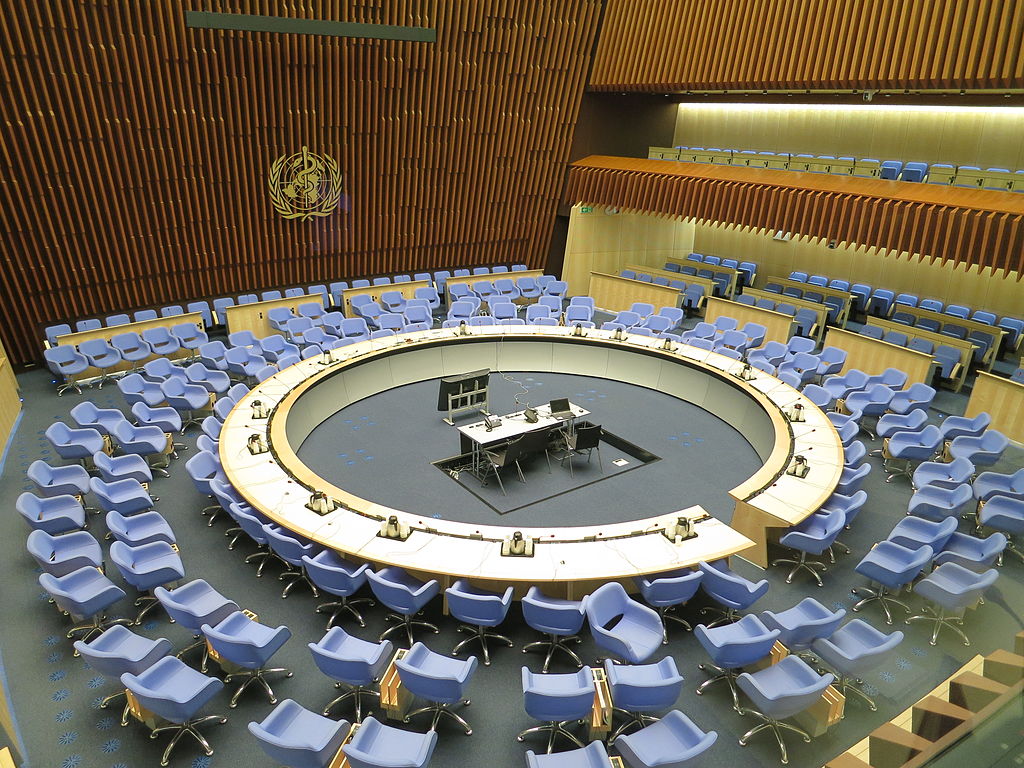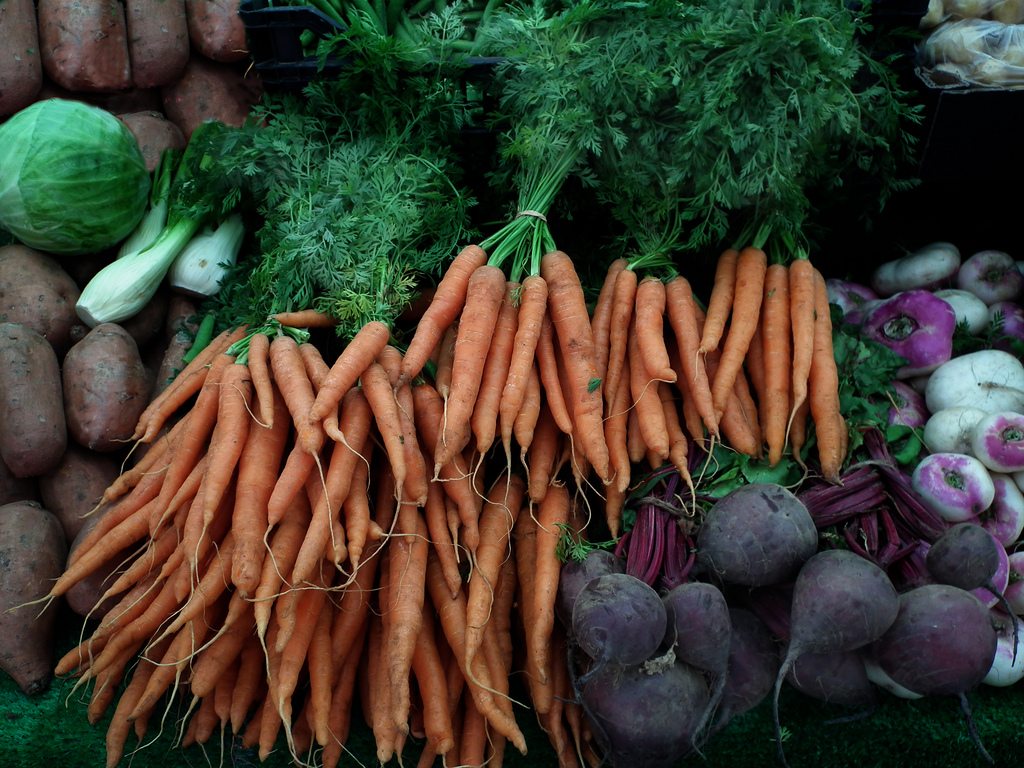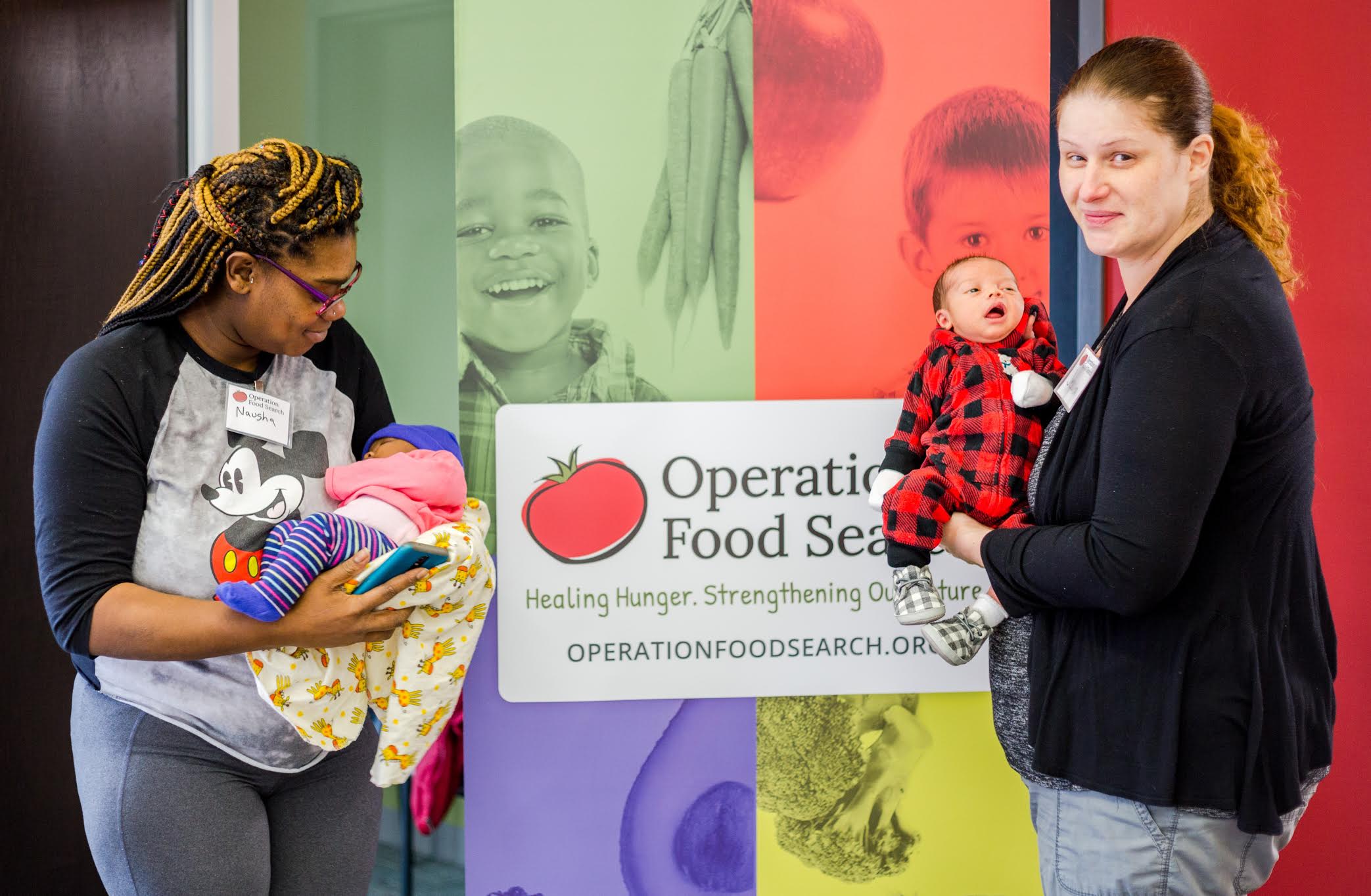
Food Bank News
One ambitious food bank has shown that it can improve health outcomes by giving people nutritious food. Now it wants to conduct a more formal test to prove it to insurers.
This article is republished from Food Bank News, which seeks to advance best practices in hunger relief. Read the original article here.
Operation Food Search of St. Louis is about to embark on a three-year randomized, controlled study of 750 women and their families over three years that would prove the economic and health benefits of providing pregnant women and their households a steady supply of healthy food during pregnancy and 60 days after birth. The study follows the success of a pilot involving 100 women.
The independent food bank, the nation’s fifth-largest independent with 2019 revenues of $39 million according to Food Bank News’ list of the 100 largest food banks, is among a growing number of food banks seeking ways to promote healthy food as a cost-effective replacement to medicine. If successful, Operation Food Search’s test would help close the loop on a missing piece of the Food as Medicine movement — a way to pay for it.
“We want this to be offered to every woman who is expecting a baby.”
The goal is to persuade government policymakers and health plan providers that using food to treat food insecurity should be reimbursed through insurance. Without reimbursability, “it’s just another program offered to the fortunate few” through grants, said Lucinda Perry, Director, Strategic Initiatives at Operation Food Search. “We want this to be offered to every woman who is expecting a baby.”
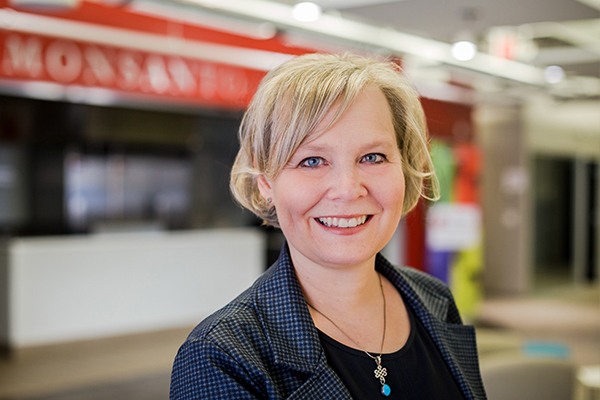
Food Bank News
Lucinda Perry, Director, Strategic Initiatives, would like to see treatments for food insecurity be reimbursed through insurance.
At its core, the food bank’s program, known as Fresh Rx, offers nutritious food and help to cook it to pregnant women on Medicaid who qualify because they screen positively for food insecurity. More broadly, it’s another example of a hunger-relief agency fighting food insecurity not just through food, but by addressing social determinants of health.
The results of the pilot have laid the groundwork for the more formal study, which will begin in 2021. The pilot showed that food security among participants could be significantly improved, with the percentage experiencing very low security dropping from 76% to 19%. At the same time, those with high food security increased from zero at enrollment, to 38% by the end of the program.
By including social worker services, Fresh Rx is acknowledging that food insecurity often occurs alongside other barriers to healthy living.
Perhaps more impactful from a policy standpoint was the pilot’s impact on birth outcomes. Fresh Rx lowered the rate of babies born too early (before 37 weeks) from 14.2 to 13.3 per 100 births, resulting in a savings of $15,400 within the Fresh Rx pilot and nearly half a million dollars ($461,000) when applied to the Medicaid population of St. Louis.
Cost savings from lower birth weights were even more significant. The rate of babies being born at 5.5 pounds or less dropped from 16.3 to 11.0, resulting in savings of $189,100 within the pilot, and more than five million dollars ($5,341,800) when applied to St. Louis’ Medicaid population.
“Those savings come from what we know of what it costs when a low birth-weight baby is born,” said Trina Ragain, Director of Policy and Innovation at Operation Food Search. “They end up in neonatal intensive care, which is expensive.”
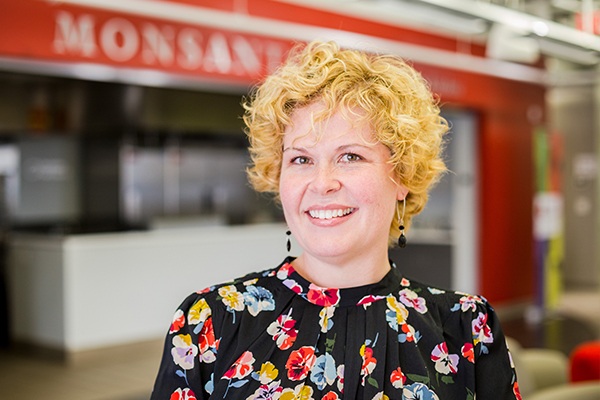
Food Bank News
Trina Ragain, Director of Policy and Innovation, used input from participants to improve the design of the study.
The formal study will place women into three cohorts, including a control group, another group that will receive nutritious food plus consultations, and a third that will get all the nutrition benefits plus support from a licensed clinical social worker. By including social worker services, Fresh Rx is acknowledging that food insecurity often occurs alongside other barriers to healthy living.
So far, two of the state’s three health insurance plan providers have agreed to perform the Hunger Vital Signs food insecurity screening as part of their enrollment, which will provide a flow of participants, and Fresh Rx is working to add the third. Fresh Rx will examine the costs and returns of the three types of treatment by looking at the related health care claims. The program is the first of its kind to study pregnant women. “It’s on the cutting edge,” Perry noted.
In striving to prove an economic return on treating food insecurity, Operation Food Search is making its own investment, largely funded by partners, including the Bayer Fund. It currently has five full-time employees working on Fresh Rx and is getting ready to hire more. Current employees include a registered dietitian, a trained chef, a social worker, a member of the policy team, and a community health worker who is also a graduate of the pilot.
Fresh Rx anticipates investing an average of $1,000 to $1,200 per household to cover case management and provide three complete meals a week (including four to six servings for the entire household per meal) over the course of at least half a pregnancy and 60 days postpartum. “We’re trying to fill the SNAP gap,” Ragain said.
By conducting a randomized controlled study—considered the gold standard in determining whether a treatment will be effective—the food bank hopes to demonstrate a sustainable path forward for treating food insecurity through policy change. “The question is, can we get to a place where the savings analysis is appealing to all the stakeholders,” Ragain said.
“We’re trying to fill the SNAP gap.”
The upcoming study will reflect improvements made from the original pilot. It became apparent, for example, that participants did not always have the kitchen tools, skills or knowledge to use the boxes of produce, dairy and meat they were receiving from local farmers as part of the pilot. In a move that coincides with growing recognition of the value of meal kits in charitable food distribution, the focus shifted to offering meal kits that include all the ingredients needed to make a meal, plus recipe cards. A welcome gift supplies a “kitchen kit” of tools and spices. “Every barrier that we can think of, we’re trying to knock down,” Perry said.
Input from Fresh Rx participants is highly prized. The idea of moving to meal kits, for example, came about through regular meetings with the women in the program. “It’s the perfect example of why participant design is so important,” Ragain said.
Fresh Rx is also recruiting interested moms to act as “momvocates” as they graduate from the program. These advocates receive Chrome books, training from a professional storyteller, and a stipend to tell their stories to elected officials and ultimately make it relevant to millions of more moms. “We see Fresh Rx as an entry point to them becoming bigger collaborators on an advocacy and policy agenda,” Ragain said.
Operation Food Search’s “upstream approach” reflects its intention to address food insecurity more systematically by curbing its onset before it morphs into a bigger problem down the road. “It makes good business sense and it’s also good for society,” Perry said. “This is the kind of hard work needed to truly move the needle.”

